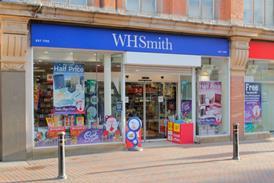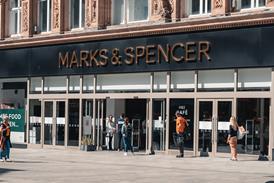Analysis: Burberry’s falling profits and turnaround strategy

Burberry’s full-year results showed a slump in profits and sales. It has embarked on a three-year cost-cutting strategy, but will it bear fruit?
Already have an account? Sign in here



















